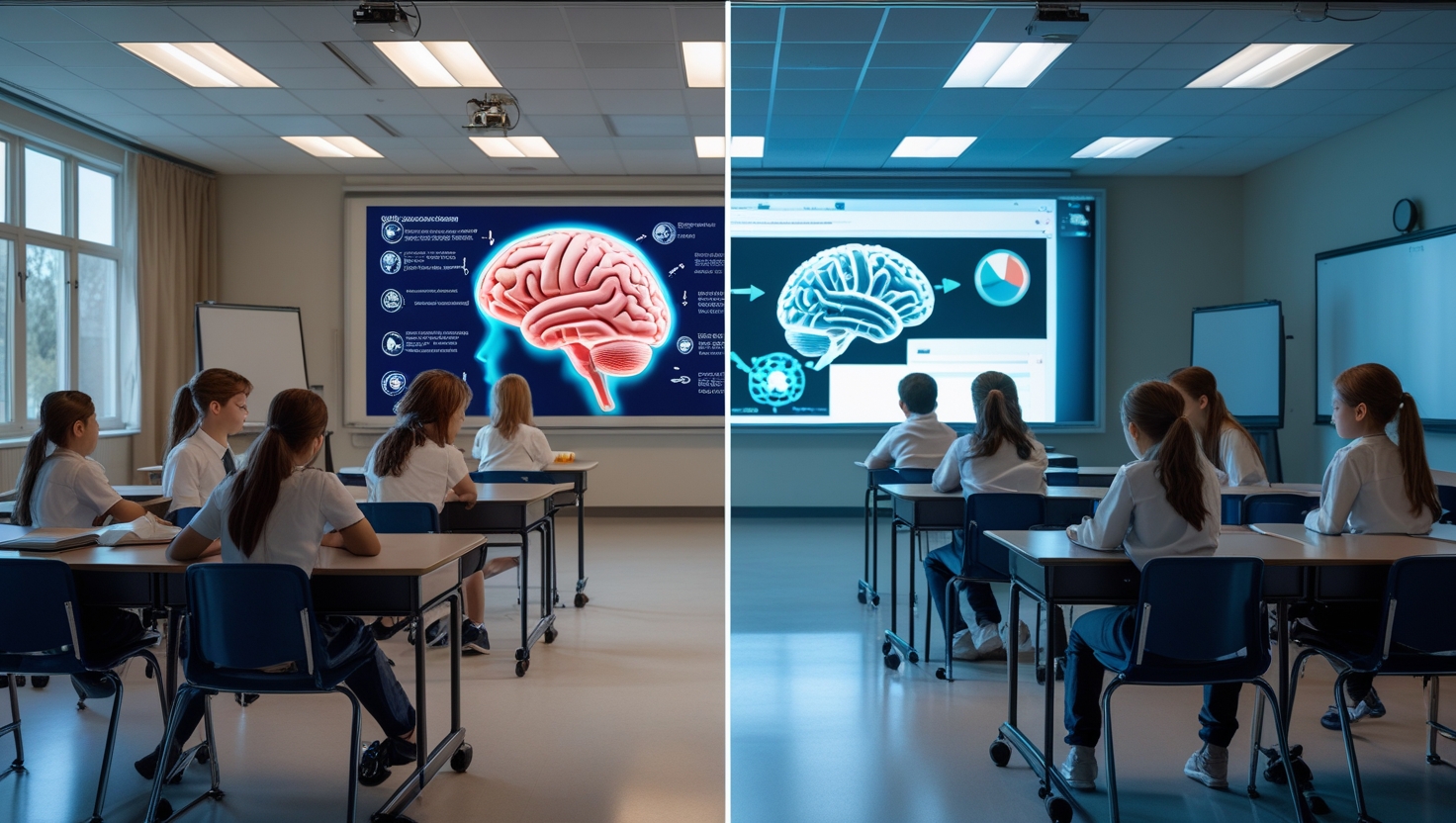Educational videos have become ubiquitous in modern learning environments, from traditional classrooms to self-directed online learning. But what makes some educational videos significantly more effective than others? The answer lies in how they align with the psychology of human learning and attention.
Cognitive Load Theory and Video Design
At the heart of effective educational video design is cognitive load theory, which suggests that our working memory has limited capacity. When designing educational videos, creators must be mindful of three types of cognitive load:
Intrinsic load relates to the inherent complexity of the subject matter. Complex topics naturally require more cognitive resources to process. Effective educational videos break down complex topics into manageable segments, allowing learners to master foundational concepts before building up to more sophisticated ideas.
Extraneous load refers to unnecessary elements that don't contribute to learning. This includes distracting backgrounds, irrelevant animations, or confusing layouts. Research shows that videos with clean, focused design significantly outperform those with extraneous elements that compete for attention.
Germane load involves the mental processes that contribute to effective learning, such as making connections and forming schemas. Well-designed videos promote germane load by including relevant examples, analogies, and opportunities for reflection.
The Science of Attention in Video Learning
Human attention isn't designed for extended focus on a single stimulus. Studies indicate that attention typically begins to wane after about 6-9 minutes of continuous viewing. This has significant implications for educational video design:
- Optimal video length typically falls between 6-12 minutes, with effectiveness dramatically decreasing for longer videos
- Attention "resets" can be strategically incorporated through changes in visual presentation, speaker, or approach
- Signaling important information through visual cues (highlighting, arrows, zooming) helps direct attention to critical elements
- Introducing questions or problems before presenting content creates an "information gap" that naturally captivates attention
Eye-tracking research reveals that viewers pay particular attention to human faces and gestures, suggesting that including an instructor or presenter can help maintain engagement in educational videos.
The Dual-Coding Advantage
Dual-coding theory proposes that we process information through two distinct but interconnected channels: verbal and visual. Educational videos harness this principle by simultaneously engaging both channels, creating multiple pathways for information processing.
When verbal explanations are synchronized with relevant visuals, learning outcomes improve significantly compared to either modality alone. This explains why animation combined with narration typically outperforms text-based learning for complex or technical subjects.
However, this advantage disappears when videos present redundant information across channels (such as narrating exactly what appears as on-screen text), which can overwhelm working memory. The most effective educational videos carefully coordinate verbal and visual elements to complement rather than duplicate each other.
Emotional Engagement and Learning
The affective component of learning is often overlooked in educational video design, yet emotions significantly impact information processing and memory formation. Videos that evoke positive emotions—curiosity, surprise, amusement—tend to enhance attention and retention.
Several techniques can foster emotional engagement:
- Narrative structures that create emotional investment in learning outcomes
- Relatable scenarios that connect abstract concepts to real-world applications
- Strategic use of humor that reinforces rather than distracts from key points
- Authentic enthusiasm from presenters that models intellectual curiosity
Neuroimaging studies show that emotionally engaging content activates the amygdala and hippocampus simultaneously, creating ideal conditions for memory formation and retrieval.
Active Processing and Interactive Elements
Passive video consumption limits learning potential. The principle of active processing suggests that deeper learning occurs when viewers are mentally engaged in processing and applying information rather than merely receiving it.
Educational videos can promote active processing through:
- Embedded questions that prompt reflection and self-assessment
- Guided problem-solving that pauses for viewer participation
- Prediction prompts that activate prior knowledge and create anticipation
- Summary challenges that encourage information synthesis
Interactive video platforms that allow for branching scenarios, clickable elements, or integrated quizzes show particularly strong learning outcomes by turning viewers into active participants.
Personalization Effects
Research in multimedia learning reveals a strong "personalization effect" where conversational language and direct address enhance learning compared to formal, impersonal presentation. This effect appears to activate social processing mechanisms in the brain that evolved for person-to-person learning.
Videos that incorporate a conversational style and establish a sense of social presence through eye contact, personal anecdotes, and direct questioning consistently outperform more formal approaches in both engagement metrics and learning outcomes.
However, the personalization must feel authentic rather than forced. Overly casual language or artificial enthusiasm can trigger skepticism and actually reduce credibility and learning effectiveness.
Applying Psychological Principles to Video Creation
For educators and content creators looking to apply these psychological principles, consider this evidence-based framework:
- Segment complex content into conceptually coherent chunks of 6-10 minutes
- Signal important information through consistent visual cues and verbal emphasis
- Eliminate distractions from both visual and auditory channels
- Coordinate verbal and visual elements to complement rather than repeat each other
- Create emotional connections through storytelling and authentic enthusiasm
- Incorporate interactive elements that promote active processing
- Use conversational language and direct address to trigger social learning mechanisms
- Include pre-questions to activate schema and create information gaps
- Provide opportunities for reflection and application
Conclusion
The most effective educational videos aren't the product of intuition or aesthetics alone—they're carefully crafted learning experiences built on deep understanding of cognitive and affective science. By aligning video design with how the human mind actually processes, stores, and retrieves information, educators can create content that doesn't merely present information but truly facilitates learning.
As our understanding of learning psychology continues to evolve, so too will best practices in educational video design. The future of effective educational content lies at the intersection of technological innovation and cognitive science, creating video experiences that work with—rather than against—the natural processes of human learning.





3 Comments
Leave a Comment